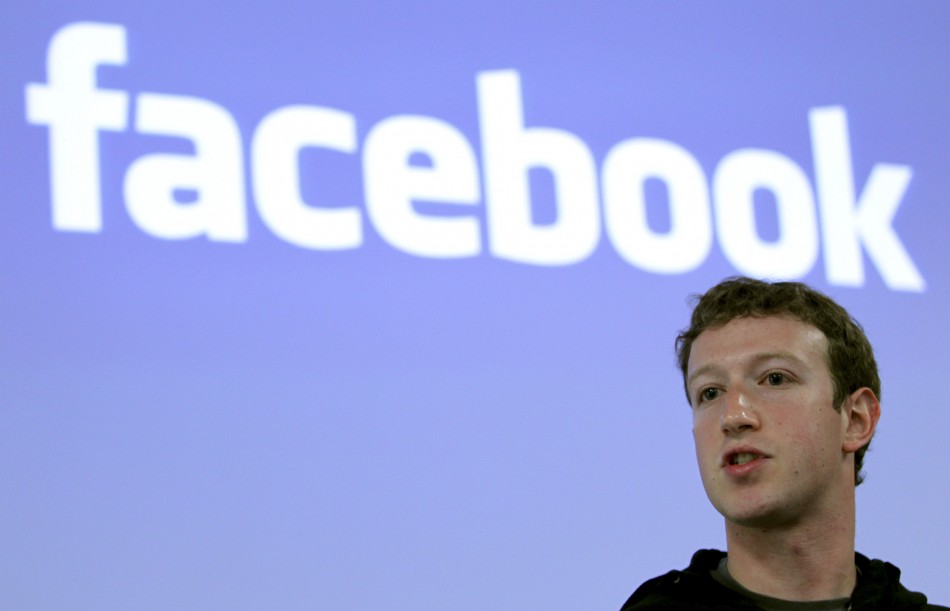Samsung Galaxy S4′sDisplay Will Put the iPhone 5′s Retina to Shame
Galaxy S4 Display vs Retina
For the last couple of years, the quality of smartphones isn’t measured by the number of cores and the amount of storage on the device; but by the display resolution and the sharpness of the display play, which of course is an important role in determining the quality of a smartphone.
According to a recent report, the next addition to Samsung’s top-selling Galaxy S line-up is going to sport a high resolution display, and will have the highest resolution of any other smartphone currently available in the market; this also includes the iPhone 5 with its retina display.
Samsung Galaxy Series
In the past few weeks, we have watched (and read) the good news roll in for Samsung; proof positive that their Galaxy Series has really paid off. Reports are flooding in about the tech giants last quarter, and their bold predictions about 2013 and the mobile market. Apple on the other hand, has some serious soul searching to do, with the future of their device line. Apple stocks seem to be taking a tumble, while many see smooth sailing ahead for Samsung.
Even though Samsung has kept the details on their next flagship device tightly wrapped, it has been known for quite sometime that the Galaxy S4 will at the very least come with a Super AMOLED display, with a pixel density of 440ppi. Although, newer reports are claiming the Korean giant will ditch the traditional side by side pixel layout for the latest hexagonal diamond layout. This allows more pixels to be stuffed into a smaller space. This would definitely be a bigger step from the current Galaxy S3’s 306ppi display and even the iPhone 5’s 326ppi Retina display.
The Samsung Galaxy S line-up has been the most popular smartphone
franchise and has managed to capture a large market share. Even though the
Korean manufacturer has been quite mum on the details about the Galaxy S4, we
are almost sure a better display is on the list. At CES in Las Vegas, Samsung
showed us a prototype of a bendable display and it looks brilliant. But, we are
still not sure if Samsung is going to introduce it with the next flagship
Galaxy S Phone.





























